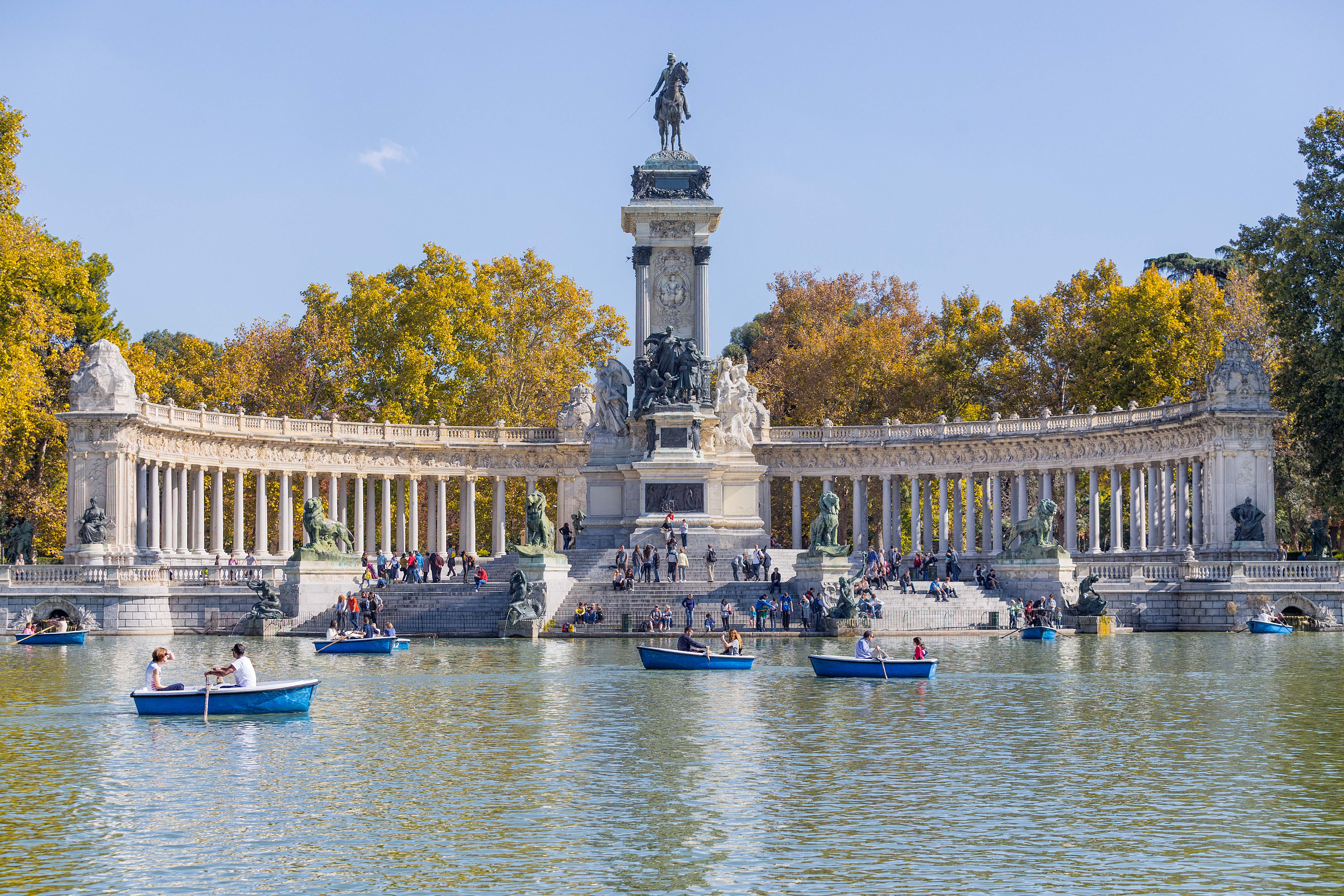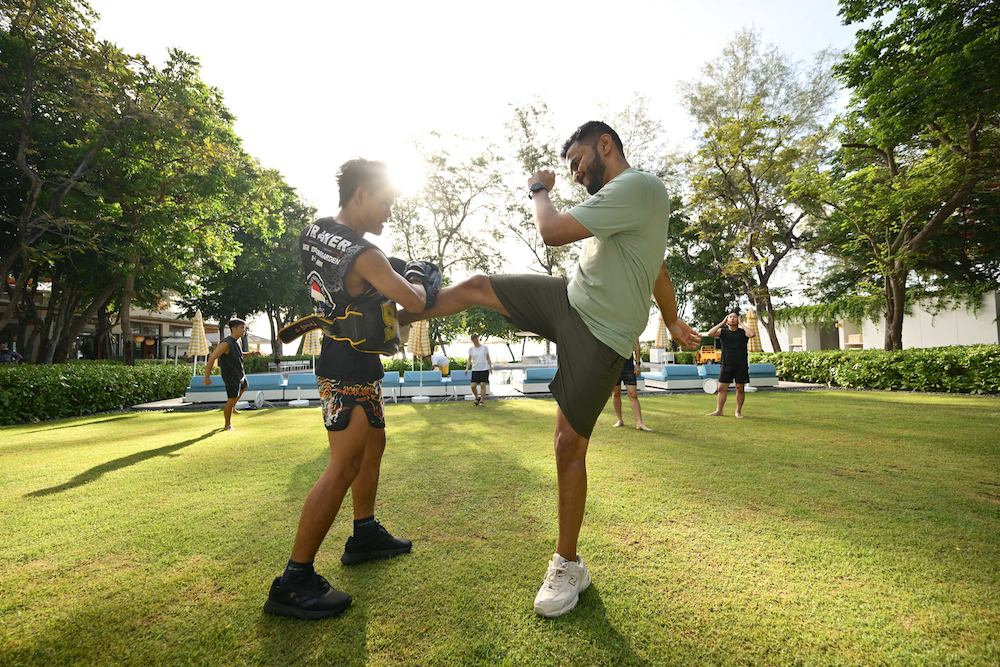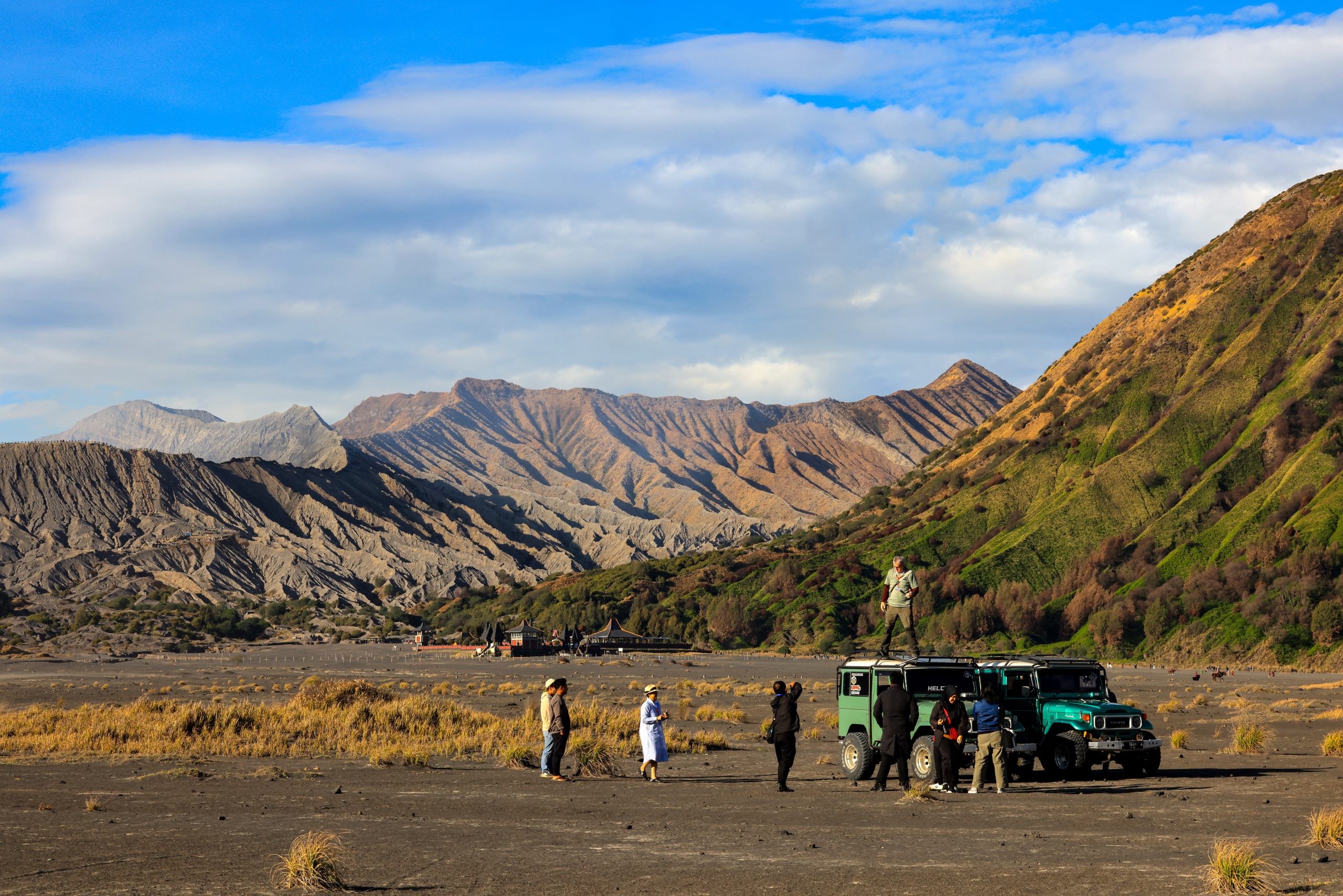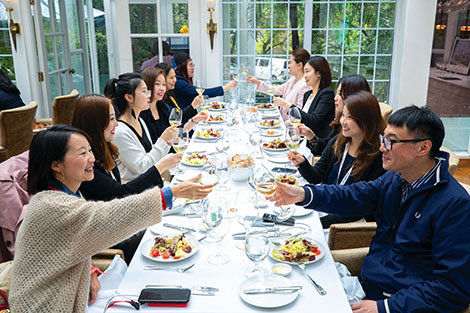
LUXURY is taking its turn in driving the changes in Hong Kong’s venue landscape with hotel openings in the high-end market and two big names fading into history as one is retitled and the other redeveloped as a commercial complex.
A golden era in Hong Kong hotels came to an end with the closure of The Excelsior (below) – a 46-year-old institution in Causeway Bay, which will make way for an office and retail development. Among The Excelsior’s claims to fame was as a location for the 1979 movie Revenge of the Pink Panther, starring Peter Sellers, but it will be remembered more for the basement Dickens Bar and as one of the city’s most famed international hotels. So storied is the hotel that the city’s library authorities have catalogued artifacts and documents telling the Excelsior’s history.
More change looms across the harbour in Tsim Sha Tsui as the Intercontinental undergoes major renovations next year followed by a return to its former name of The Regent, but with IHG continuing to manage the 503-guest room and suite property.
Two high-end openings show how developers are filling gaps in the choice of properties serving the luxury market. Again the changes are on opposite sides of Victoria Harbour with The St Regis, near Hong Kong Convention and Exhibition Centre in Wan Chai, and the Rosewood in a 65-storey tower overlooking Tsim Sha Tsui waterfront.
The 27-storey, 129-guest room St Regis Hong Kong has almost 1,115 sqm of events space across five venues including the 518 sqm Astor Ballroom and Rockefeller Room for smaller meetings. Groups can also use direct elevator access to the Astor Ballroom from a 72-space car park in the basement.
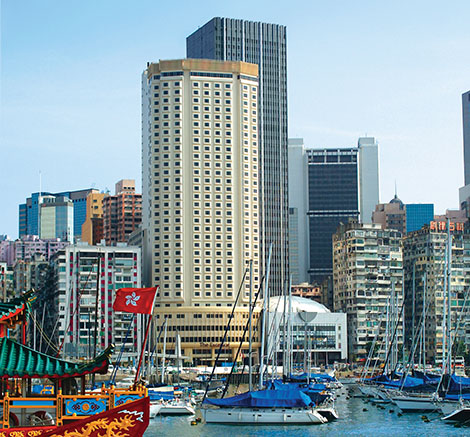
A fair amount of ballroom envy has also arisen. The Kerry Hotel, west along the Kowloon waterfront in Hung Hom, holds the overall Hong Kong title for largest pillarless ballroom, while the Marriott Ocean Park lays the claim for the biggest on Hong Kong island.
Kenneth Wong, general manager of Hong Kong Tourism Board’s MICE and cruise division, said at a recent awards ceremony that new infrastructure, such as the bridge linking the city with Zhuhai and Macau, the high-speed rail link to Guangzhou and new hotels such as the Rosewood, The St Regis and Marriott Ocean Park, offered fresh options for meetings and events groups. These extend to Xiqu, the new Cantonese opera house in West Kowloon Cultural District, and more venues.
Changes to planning regulations over the past two years have allowed former industrial buildings to be turned into hotels with Tsuen Wan, Kwun Tong and parts of Ap Lei Chau helping meet the demand from overseas and mainland China visitors.
Now it’s the turn of the luxury segment to come more into focus as existing players eye the new competition particularly in the business districts of Central and Wan Chai. One effect meeting organisers are hoping the new openings will have is to stabilise pricing for event spaces and rooms.
Here are some indications of how a selection of Hong Kong’s high-end hotels, including the two new openings, are beginning to shape a new era for meetings and events in the city.
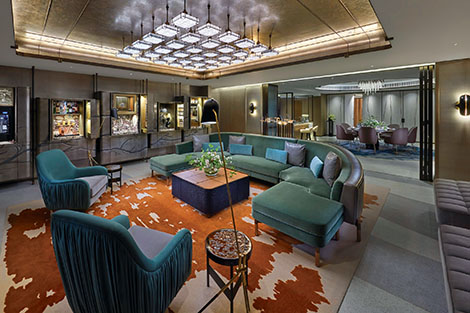
Suite meetings
Available space around hotel breakout rooms have long seen the addition of show kitchens and lounges to give delegates a chance for more relaxed networking between meetings. The Hyatt’s Residence concept has been a pioneering example of this.
The Landmark Mandarin Oriental Hong Kong has now taken such settings for high-level executive brainstorming, urban retreats for corporates and niche incentives in another direction. The hotel’s Apartment Suite (above) – which at 139 sqm is about half the size of a tennis court – doubles up as a leisure or lifestyle setting for friends wanting to watch sport on the lounge area’s wide screen or enjoy the VR and video games on offer.
The Apartment Suite is also being targeted at planners seeking a niche option for smaller groups in the corporate market. It is the first of two new suites on the hotel’s top floor designed by Joyce Wang, one of Asia’s most sought after interior specialists.
Behind the lounge area is a dining section that can be used for meetings while lining the walls at the settee section are a cocktail bar, a digital dispensary for wine and pantry sections – all of which are fitted with doors to seclude them until meetings are over.
The versatility of the space makes it suitable for events ranging from watching global sport tournaments and off-site corporate hospitality when the Sevens and Formula E come to town, to product launches and sales-incentive rewards with overnight stays and spa treatments among the luxury treats.
Archie Keswick, the Landmark Mandarin Oriental’s general manager, said the Apartment Suite had “all the comforts of a home-away-from-home in the heart of vibrant Hong Kong”.
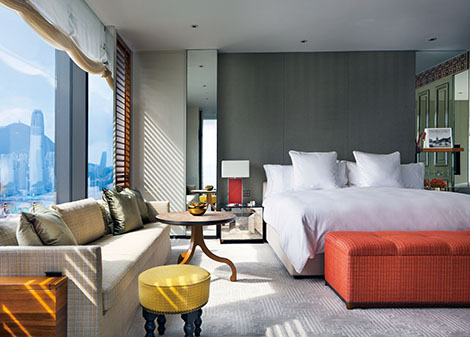
New openings
At 1,000 sqm, Rosewood Hong Kong’s ballroom size may fall about 750 metres short of the largest pillarless player in town (Kerry Hotel) but features such as a more geometrically adventurous chandelier design, wood-panelled partitions and its audiovisual and LED attributes will beckon the knowing ears and eyes of high-end corporate event planners.
Rosewood can nonetheless boast the highest number of suites (above) of any Hong Kong luxury hotel and some of the largest – there are 91 and they start at 92 sqm. The “crowning jewel” in the suite stakes is the Harbour House floor on the 57th level that boasts garden features, sun decks and private lap pools. When Harbour House is combined with the Garden House it creates a five-bedroom retreat with gym.
New York designer Tony Chi’s concept when it came to crafting the 322-guest room Rosewood Hong Kong’s interiors was that the entire 45 floors of the hotel should be a “vertical estate”, incorporating “significant green spaces and outdoor areas throughout”. As part of a 65-storey building,
The Rosewood towers over a redeveloped precinct rebranded as Victoria Dockside, perhaps taking a cue from harbourfront developments such as London’s Canary Wharf that harken back to a nostalgic era of bustling quaysides. Heritage is a buzzword in tourism circles of late, and the Rosewood Hong Kong’s marketers note how it has risen over an area known as Holt’s Wharf, which dated back to 1910, until it was later developed into New World Centre.
Dark Side events
The “Dark Side” is the jocular term coined by expats living on Hong Kong island to poke fund at “distant” Kowloon across the harbour. So the Rosewood has taken ownership of that very expression for the name of its bar. The Rosewood’s 3,200 sqm of event space, set over the third and fourth floors, feature floor-to-ceiling windows, private kitchen and networking areas. There is also a dedicated arrival space for attendees on the second floor. Features of the Grand Ballroom include the modern chandeliers that can be lowered to enhance the event setting.
The Pavilion is on the fourth floor and provides 1,000 sqm of residential-style event space including the 300 sqm Pavilion Hall with floor-to-ceiling windows, four salons for breakouts and a private show kitchen.
The fourth-floor event space also features The Orangery, which has an expansive covered terrace overlooking the Lawn, and is mainly targeted at the weddings market but can also be incorporated into social functions. Planners can also work with Rosewood Hong Kong’s Events Studio to customise their event.
Though wedding organisers will be intrigued by the Rosewood’s private garden venues with views over Victoria Harbour, the landscaped lawns are also poised to capture the hearts of business event planners.
Convention precinct
The St Regis joins a host of hotels around the Hong Kong Convention and Exhibition Centre in Wan Chai, including the Renaissance Harbour View and the Grand Hyatt. The HKCEC is a five-minute walk over existing walkways that link the exhibition centre precinct.
The St Regis Hong Kong will offer nearly 1,115 sqm of event space with its pillar-free ballroom and more function rooms able to host 500 for conferences.
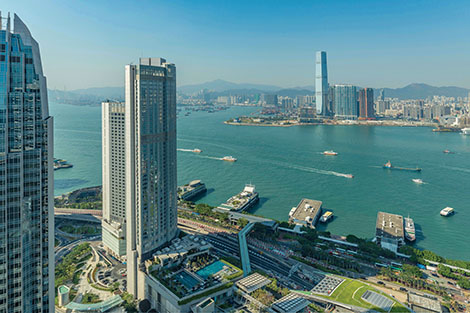
FOUR SEASONS POPS DOWN
More established luxury properties in Hong Kong have been taking stock of how they can provide a more unique offering to meeting planners as major brands come onto the market. These include hotels that have long prided themselves on hosting the captains of industry.
Four Seasons (above), for instance, has organised a tour of invitation-only “pop downs” featuring chefs and mixologists from its properties across the world showcasing F&B creations and placing the brand beyond the hotel. This variation on the pop-up store trend saw Four Seasons Hong Kong chefs such Chan Yan Tak, of Lung King Heen, and Guillaume Galliot, of Caprice, join Four Seasons F&B ambassador Lorenzo Antinori (below) and Seoul cocktail maestro Keith Motsi at a vacant street-level storefront in Queen’s Road Central.
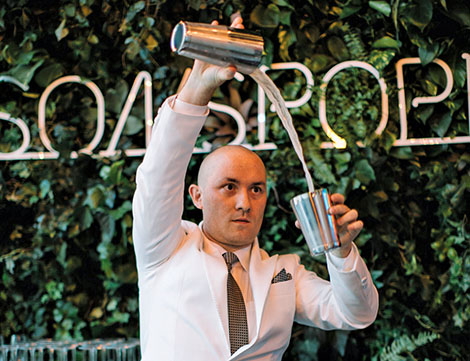
TEA TIME TRADITIONS
Heritage has been the cornerstone of some interesting government-backed projects. In the West Kowloon Cultural District near the W Hong Kong and overlooked by the Ritz-Carlton, the Xiqu Centre was built to host Cantonese opera. The Xiqu Centre Tea House can be used as an offsite function space for around 200 guests.
On Hong Kong island, a historic prison and police barracks has become the Tai Kwun Centre. Parts of the venue (below) can be used for events such as cocktail receptions and it has joined PMQ precinct as part of Old Town Central. MEHK – the meetings and business events arm of Hong Kong Tourism Board – is targeting Old Town Central at visiting incentive and conference groups.
Team building and treasure hunts around landmarks such as Lan Kwai Fong and Man Mo Temple are available to let groups experience this part of Hong Kong.
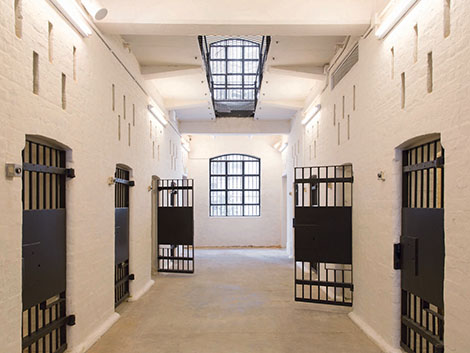
More: Hong Kong rolls out old and new to entertain top agents
Hong Kong woos planners with Old Town Central charm
